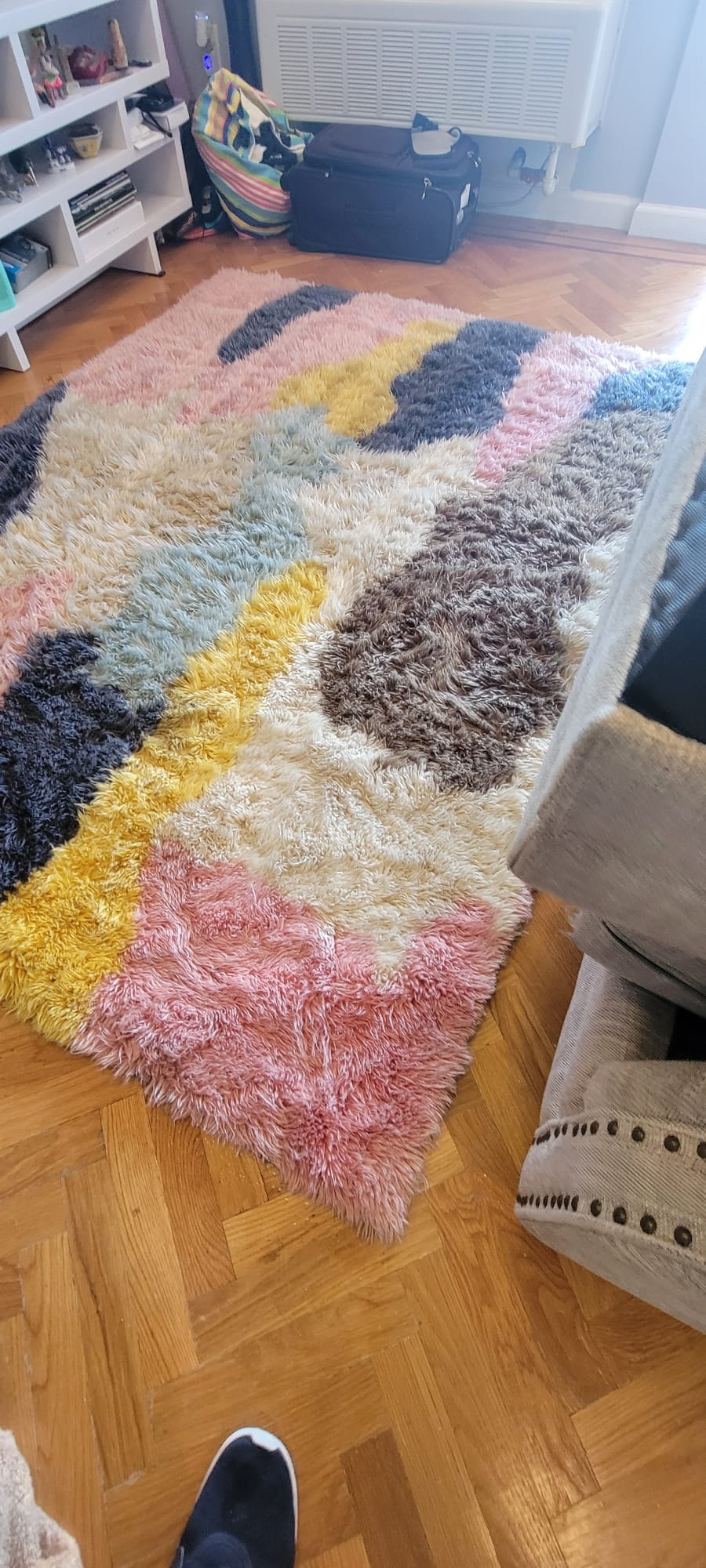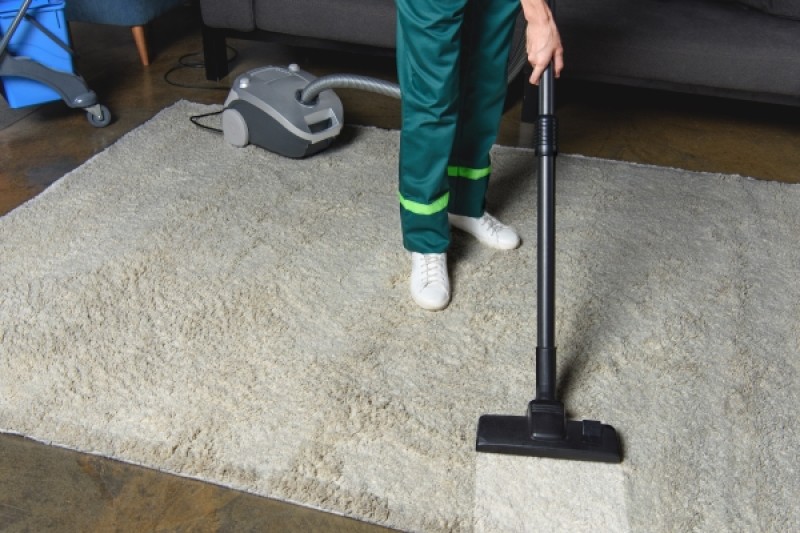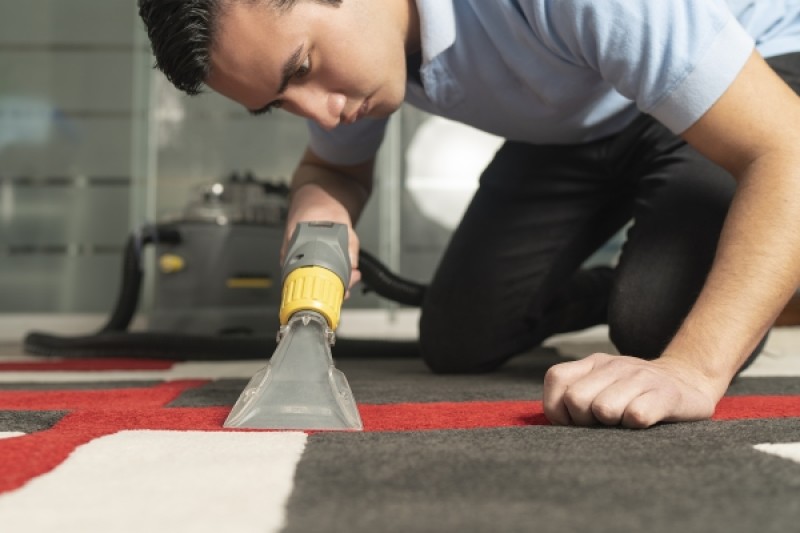Wool carpets are synonymous with luxury; synthetic fiber carpets will never replicate their amazing properties. However, any experienced carpet cleaner in NYC will tell you that wool carpets have their drawbacks, too. Keep on reading to find out whether a wool carpet is suitable for your home and/or office or not. You may also want to find out what kind of wool is used to manufacture these rugs and where they usually originate from.
Wool Carpet Pros and Cons
You can easily be tempted to purchase a wool carpet, especially if you value objects made from natural materials. However, don’t hurry to buy oriental carpets or Persian carpets made from wool before weighing the pros and cons of this type of rug. Only after you know the advantages and disadvantages of wool carpets will you be able to make a decision and choose what is suitable for your home or business.
Here are the pros of wool carpets:
Durability
Wool carpets maintain an excellent appearance for years or even decades because wool fibers withstand pressure. They are suitable for heavy foot traffic because wool fibers bounce back after being subjected to pressure.
They Resist Soiling
Wool fibers are protected by natural oils which repel another oil-based soiling. The opacity of wool fibers also contributes to the naturally clean aspect of these carpets.
Excellent Insulation Properties
Wool carpets keep your house warm, absorb sound, and reduce echo.
Are Fire Resistant
Wool has a slow ignition rate and will rather melt than burn. Wool carpets slow down the spread of fire.
Wool Is a Smart Fiber
Wool carpets reduce the risk for allergies as they hold dust until it is vacuumed. Floating particles in the atmosphere are minimized and are less likely to cause irritation. Moreover, wool absorbs humidity in the air and releases it back when the air is too dry.
Wool Is Sustainable and Biodegradable
Wool is obtained by shearing sheep, which is a normal part of caring for these animals. This natural material does not cause harm when its lifespan is over either, as it disintegrates into the soil, producing substances that are plant nutrients.
However, using wool carpets does come with some drawbacks:
Are Expensive
The initial cost of a wool carpet can dissuade many homeowners from purchasing one.
Are Stained by Non-Oil-Based Liquids
Liquids that do not contain oil but have strong pigmentation such as wine or coffee are harmful to wool carpets. Pigments stick to wool fibers and are difficult to remove, even with special wool cleaner shampoo, so you might need to call a rug cleaner in NYC more frequently.
They Are Sensitive to Sunlight
Exposure to bright sunlight can cause the colors of wool carpets to fade, so avoid using them in areas with constant sunlight.
Are Very Absorbent
Spills and regular exposure to water are harmful to wool carpets as water saturates wool fibers quickly. Make sure your wool carpets are dry to avoid a bad smell and mildew.
Can Become Insect Food
Moths larvae naturally feed on wool fibers, so you have to permanently treat your wool carpet with mild insecticides.
What types of wool are used for carpets?
First of all, not all carpets are made entirely from wool. Some carpets are 100% natural and are made exclusively from a material called ‘string’ wool, originating from sheep bred in Britain and New Zealand.
There are also wool mix carpets, which contain 80% wool and 20% man-made fibers that improve performance. You should check if your carpets are 80/20 hybrids, as this information can be important for your carpet cleaner service.
Additionally, some carpets are made from hand-woven wool, while others are made from machine-woven fibers.
Where Are Wool Carpets Made?
Wool for carpets is produced in multiple regions of the world, most commonly in:
Asia
Asian wool originates from the Asian fat-tail sheep which produces wool containing a mixture of short and long fibers. The finest Asian wool comes from lambs that are sheared in the autumn, and the wool that grows around the neck is used for the finest carpets.
Australia and New Zealand
At some point, the sheep-to-person ratio in New Zealand was 20 sheep for every person, and even if the number of sheep has decreased, it is still quite high. As a result, many wool carpets or the wool used to make them come from that part of the world.
North America
Wool carpets are produced in North America too, but wool is mostly sourced from Australia and New Zealand.
Maintaining Your Wool Carpets
One of the reasons why wool carpets are not used frequently, aside from the high initial cost, is represented by their maintenance requirements. When you use this type of carpet you might need the services of a rug cleaner in Brooklyn more frequently and take care of issues such as avoiding spills, applying for permethrin-based wool protection, and protecting your rugs from direct and prolonged sunlight. A carpet cleaning professional is regularly needed if you own wool carpets, in order to protect your investment and extend its lifespan.ht need the services of a rug cleaner in Brooklyn more frequently and take care of issues such as avoiding spills, applying for permethrin-based wool protection, and protecting your rugs from direct and prolonged sunlight. A carpet cleaning professional is regularly needed if you own wool carpets, in order to protect your investment and extend its lifespan.
Looking for a reliable wool carpet cleaner that also provides other services such as sofa cleaning or best upholstery cleaning? PristineGreen Cleaning is your non-toxic carpet and upholstery cleaning company, providing a variety of related services, such as mattress cleaner, area rug cleaning, and commercial cleaning. Check our gallery to see our amazing work – we can make wonders with your wool carpets and upholstery, too!




